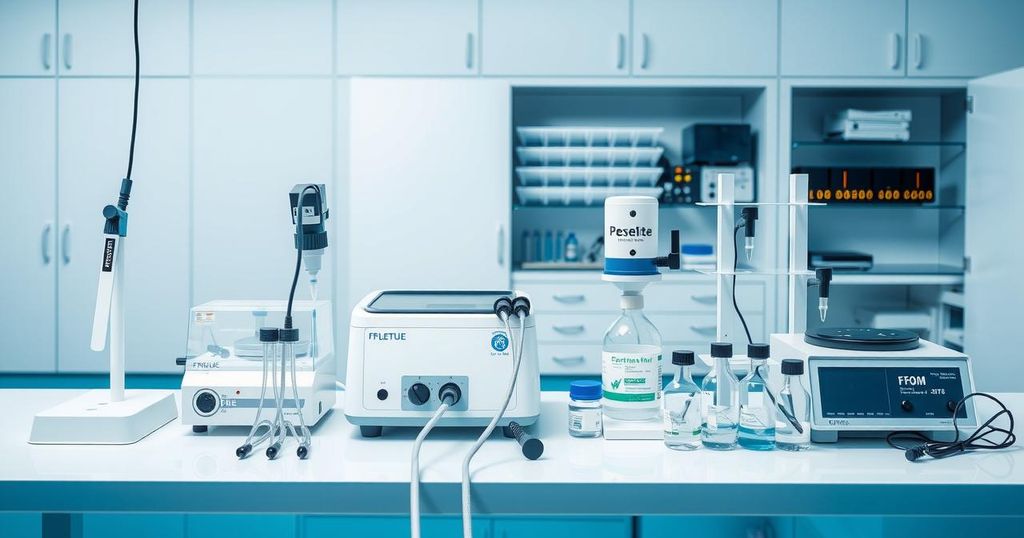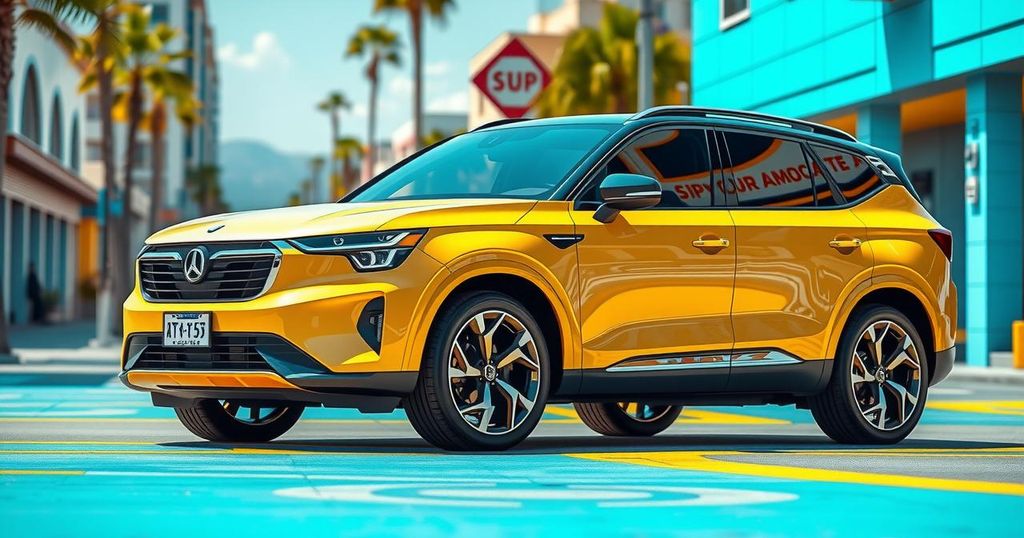Celebrating Sustainable Mobility: A Solar-Powered Journey from Kenya to South Africa
A solar-powered electric motorcycle successfully journeyed 6,000 kilometers from Kenya to South Africa, organized by Stellenbosch University and Roam. The expedition highlighted sustainable transportation’s viability and the importance of renewable energy in addressing Africa’s unique challenges. Despite facing numerous obstacles, the team celebrated significant accomplishments, including record distances traveled on a single charge.
In a remarkable demonstration of technological innovation and endurance, a solar-powered electric motorcycle designed and manufactured in Africa has successfully completed an extraordinary journey spanning 6,000 kilometers from Kenya to South Africa. The motorcycle, established by Stellenbosch University (SU) and the Kenyan electric mobility company Roam, inaugurated its expedition from Nairobi on September 29, 2024, culminating in Stellenbosch on October 16, strategically aligned with Transport Month in South Africa. The itinerary encompassed a multitude of territories including Kenya, Tanzania, Malawi, Zambia, Botswana, and South Africa. Notably, on the penultimate day of travel, the team accomplished an impressive feat, traversing 1,000 kilometers in just one day to reach the southernmost point of Africa. This ambitious venture not only showcases the viability of sustainable transport solutions tailored for Africa but also emphasizes the essential role of research institutions such as the SU Electric Mobility Lab. As emphasized in a media release from the university, the initiative further exemplifies the growing importance of sustainable transportation in the continent. In conjunction with this expedition, Nelson Mandela University held an E-Mobility Summit until October 31, focusing on the same thematic area, bolstered by partnerships with South African governmental departments, the South African National Energy Development Institute (SANEDI), and the Technology Innovation Agency. The Roam Air motorcycle was specifically engineered to withstand the diverse challenges presented by African terrain. It was piloted by SU PhD candidate Stephan Lacock alongside Roam’s electric micromobility product owner, Masa Kituyi, supported by two vehicles, one equipped with a battery bank and solar panels that functioned as a mobile recharging station. This setup allowed the motorcycle’s batteries to be charged exclusively through solar power during the expedition, eliminating dependency on conventional charging infrastructure. Professor Thinus Booysen, the founder of the SU Electric Mobility Lab, remarked, “This journey was not just about reaching a destination; it was about proving that we can create sustainable solutions for Africa’s unique challenges. The Roam Air performed admirably, highlighting the robustness of its design and the efficacy of this solar charging solution. The journey was fraught with challenges, including technical issues with a second motorcycle and adverse weather conditions. However, the team’s spirit of collaboration and problem-solving led them to overcome these hurdles. Alongside their technical achievements, the expedition also allowed participants to engage with Africa’s rich landscapes and wildlife, reiterating the need for environmental conservation.
The automotive landscape in Africa is increasingly embracing renewable energy solutions, particularly in light of the challenges posed by fossil fuel dependency and the need for sustainable development. Initiatives like the solar-powered motorcycle journey from Kenya to South Africa reflect an innovative intersection of technology and sustainability, led by academic institutions and local enterprises. Stellenbosch University and Roam are at the forefront of this transformation, showcasing how electric mobility can address both environmental and socio-economic challenges across the continent.
The completion of the 6,000-kilometer journey on the solar-powered e-motorcycle embodies not only a significant milestone in the realm of sustainable transportation but also showcases African innovation and determination. The expedition not only proved the potential of renewable energies in powering transport but also inspired local communities by highlighting technological advancements made within Africa. The collaborative efforts between academia and industry serve to pave the way for ongoing developments in electric mobility, contributing to a cleaner, more sustainable future for the continent.
Original Source: www.universityworldnews.com




Post Comment